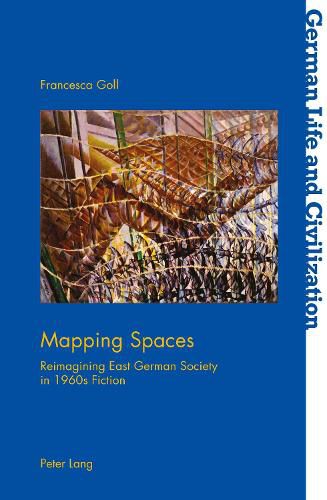Readings Newsletter
Become a Readings Member to make your shopping experience even easier.
Sign in or sign up for free!
You’re not far away from qualifying for FREE standard shipping within Australia
You’ve qualified for FREE standard shipping within Australia
The cart is loading…






In the process of establishing the social and political reality of the German Democratic Republic, writers played a crucial role. The specific feature of GDR literary texts of the 1960s lies in their attempt at imagining and representing the emergence of a community that had previously not existed. A new sense of common belonging was being promoted. This study focuses on the ways in which Werner Braunig and Erik Neutsch negotiated this tension in their novels by analysing the spatial and topographical dimensions of the texts. If literary texts map power structures by rewriting cartographies, then the analysis of the latter will shed light on the socio-political models that are being advocated. Neutsch’s Spur der Steine (1964) and Braunig’s fragment Rummelplatz (2007) were both written in the 1960s but enjoyed a very different reception: while the former became a bestseller, the latter was censored and published posthumously in 2007. Yet they both speak to GDR society of the 1960s, highlighting the evocative power of literature within the East German context - and beyond.
$9.00 standard shipping within Australia
FREE standard shipping within Australia for orders over $100.00
Express & International shipping calculated at checkout
In the process of establishing the social and political reality of the German Democratic Republic, writers played a crucial role. The specific feature of GDR literary texts of the 1960s lies in their attempt at imagining and representing the emergence of a community that had previously not existed. A new sense of common belonging was being promoted. This study focuses on the ways in which Werner Braunig and Erik Neutsch negotiated this tension in their novels by analysing the spatial and topographical dimensions of the texts. If literary texts map power structures by rewriting cartographies, then the analysis of the latter will shed light on the socio-political models that are being advocated. Neutsch’s Spur der Steine (1964) and Braunig’s fragment Rummelplatz (2007) were both written in the 1960s but enjoyed a very different reception: while the former became a bestseller, the latter was censored and published posthumously in 2007. Yet they both speak to GDR society of the 1960s, highlighting the evocative power of literature within the East German context - and beyond.